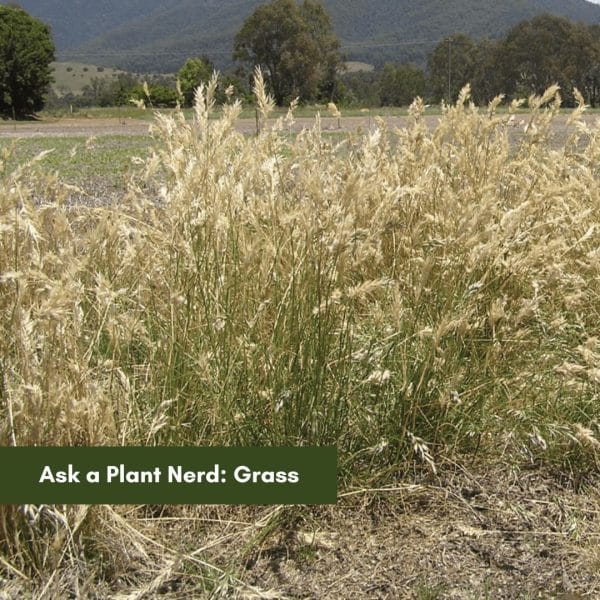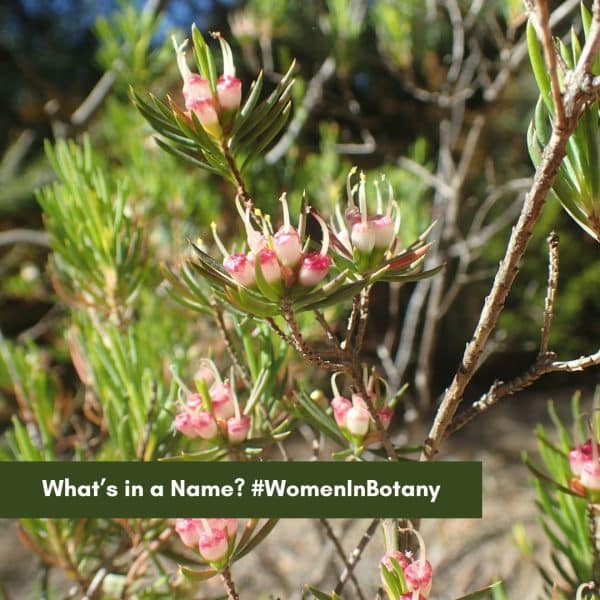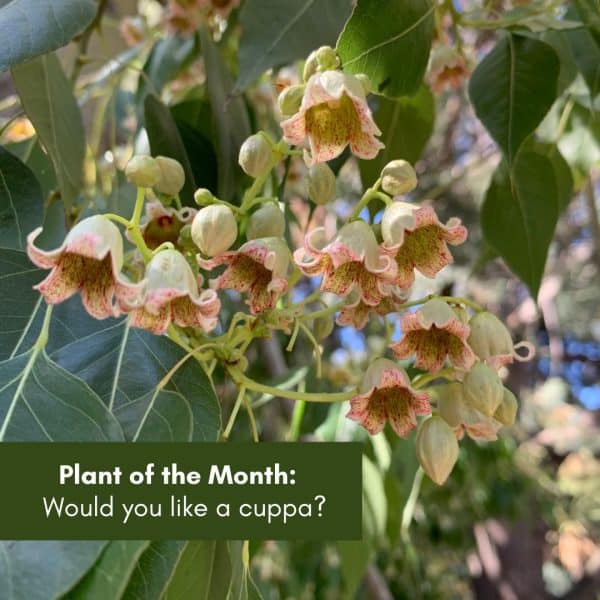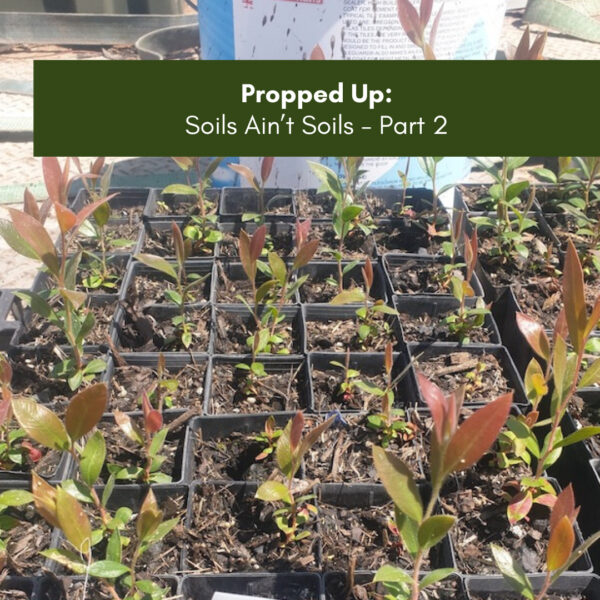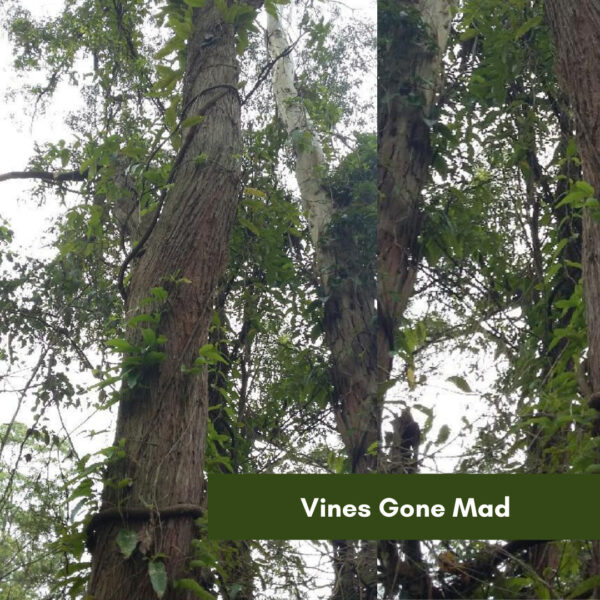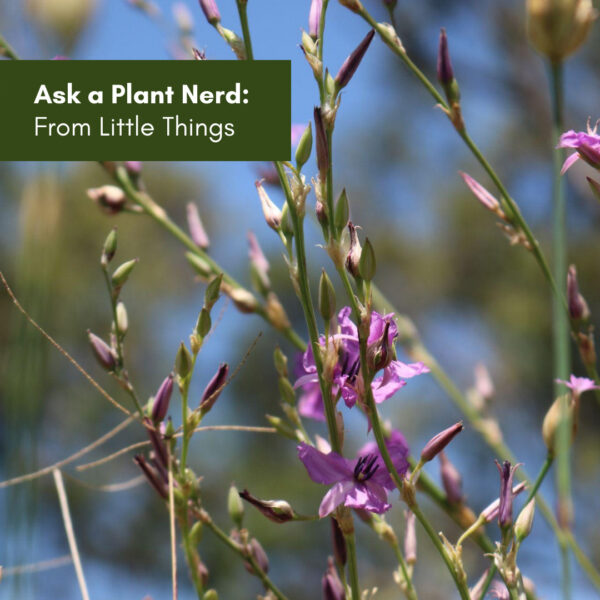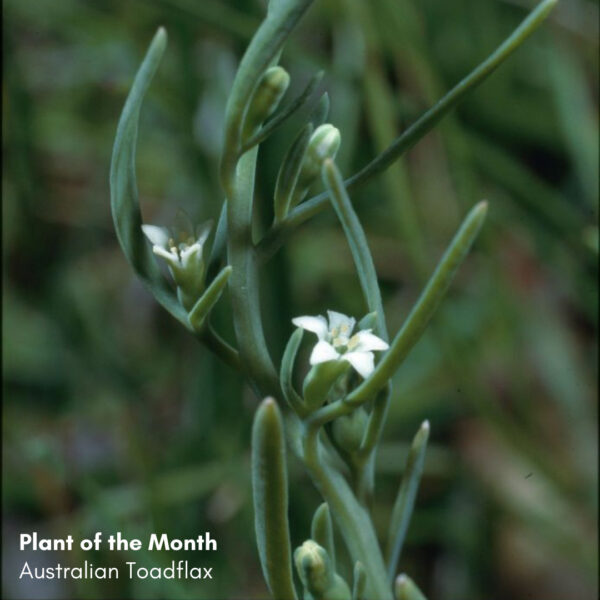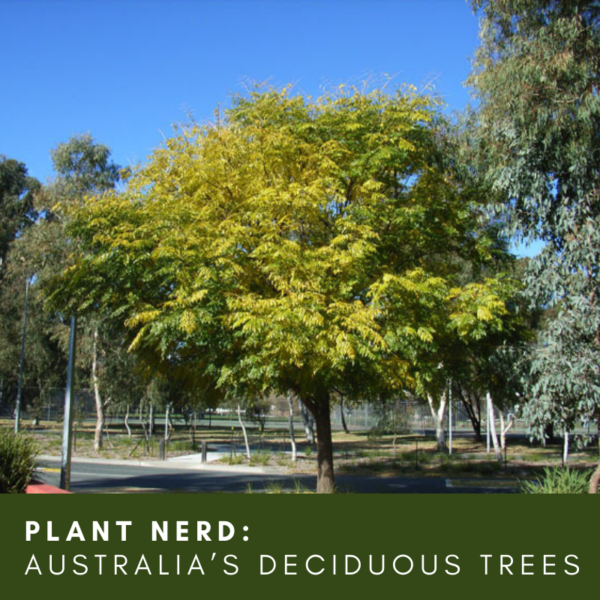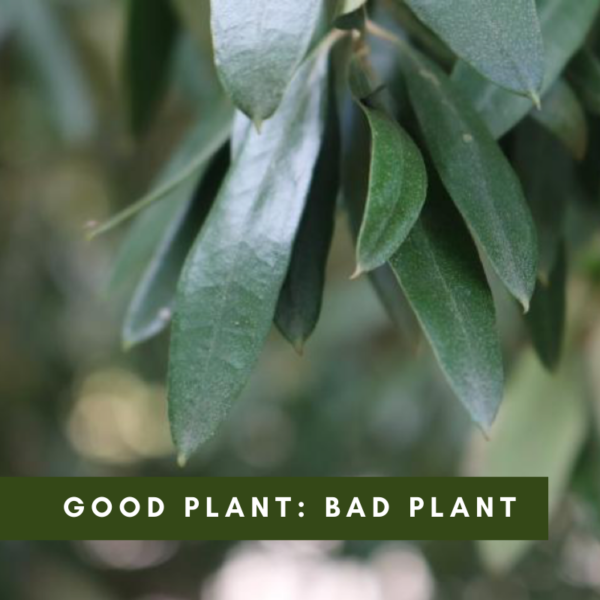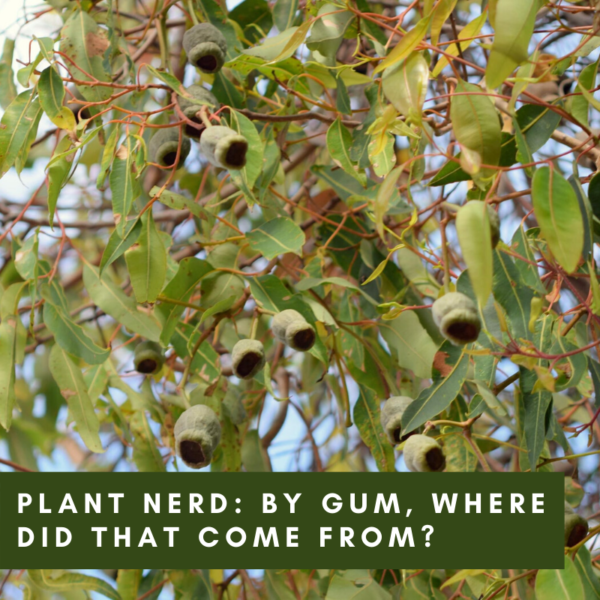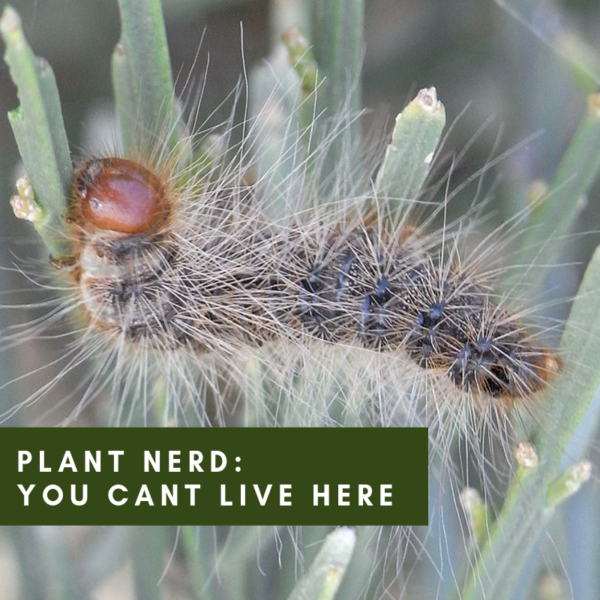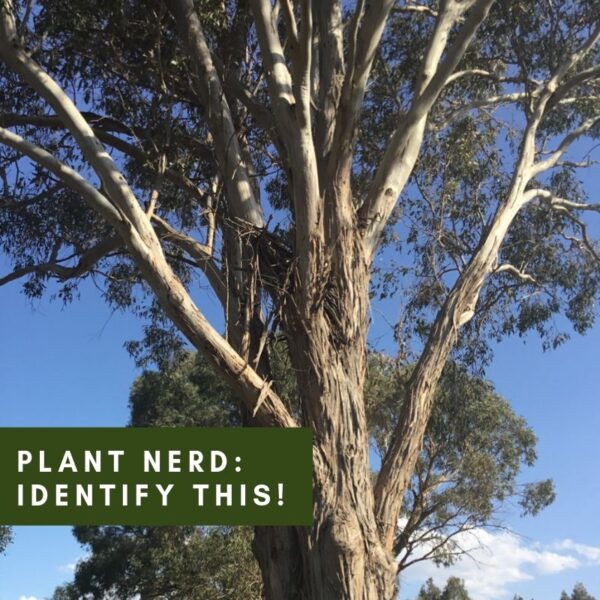Plant Nerd
Ask a Plant Nerd: Grass
Grasses and lots of other plants can tell us a lot about soil type, fertility, moisture, land use, fire history, salinity and so on, it’s not an exact science but knowing plants and some of their ecological requirements helps us to understand our sites better and to better manage them.
read moreWhat’s in a Name? In the lap of the Gods.
One of the more common practices in botany and zoology is to name a species after a Greek or Latin god or figure of legend, here’s a few of them.
read moreA Plant Nerd Asks (for better photos)
Apart from paperwork and reporting one of the things which annoys me the most is receiving photos of plants to identify when the plant is blurry, too small, or not showing any identifiable details. While it is true I can identify some plants from a few hundred metres... read moreAsk a Plant Nerd: Australia’s Deciduous Trees
Our former Chair, Les Pearson, asked me yesterday about how many native deciduous trees we have and despite him not submitting the question on the appropriate form I’ll have a go at answering it anyway. So, after an extensive 20 minutes of websearching I’ve come up... read moreAsk a Plant Nerd: Eucalypts by cutting
Despite their ready germination, the main reason for using a cutting would be for the propagation of commercial hybrids.
read moreGood plant: Bad plant
I had a question the other day about how to tell the difference between an African Olive (Olea europea ssp cuspidata) and Mock Olive (Notelaea microcarpa), having spent quite a bit of time killing the former and trying not to kill the latter I work with the following... read moreAsk a Plant Nerd: By Gum, Where Did That Come From?
In answer to a question from our chair, Les Pearson, wanting to know how the gum tree got here and why it dominates this part of the world- Let me take you back to the 19th Century when plant and animal collectors from Europe went all over the world collecting both... read moreA Plant Nerd Answers: How to ID a Gum Tree
One of the first things we look at when identifying a Eucalypt (or close relative Angophora or Corymbia) is the bark, is it smooth? Rough, Stringy, Hard? Soft?
read more
